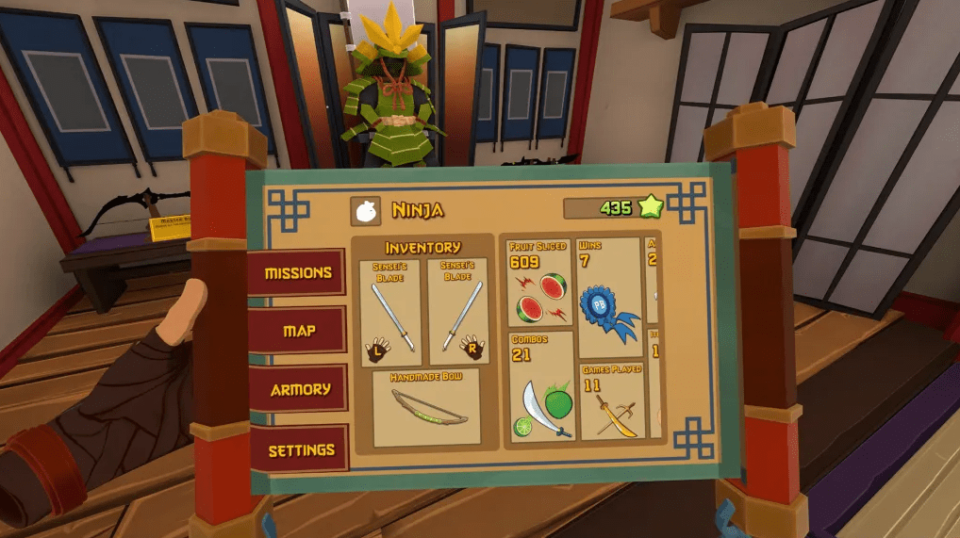Virtual reality has been a hot topic for a few years now. And although there are a few kinks to iron out, VR is starting to take its seat in the gaming industry – it now boasts around 171 million VR users worldwide. We actually support VR games. Our SDKs work out of the box for Oculus Quest games. You just need to download our SDKs as usual, but with one extra step. (But more on that below.)
It still comes second place to most other types of gaming in the industry. (Mobile gaming is easily one of the top dogs, having generated $93.2 billion in 2021 alone.) But VR is a space to keep your eye on (or even dip your toes into).
But how do you even get started developing VR games? What tools and skills do you need? And how can you take your existing mobile titles and apply them to VR? Let’s take a look.
The good, the bad, and the VR
First of all, what are the pros and cons of developing VR games?
Pro: New space means less competition
Despite a large amount of money VR is making, it’s a small sliver of what the whole industry is making. It’s ripe to be tapped and you’ll be entering a new space with less competition.
With such promising predictions and growth, it makes sense to get a head start now.
Con: VR is trickier
It’s no secret that VR is more complicated. Engines are still building software and support for this new technology. And there’s so much more to develop, build, and test when working in a 3D environment.
But as Dr Kelso in Scrubs said: “Nothing in this world worth having comes easy.”
Pro: VR can bring life to an existing game
Adapting your best mobile game to VR can bring in a new source of revenue and audiences to your franchise. It can be less risky than starting with an entirely new and unproven project. And it can help keep your current players engaged and loyal.
Image source: Fruit Ninja VR 2
Con: There’s a higher risk with VR
Crafting a great VR game will need a lot more time, resources, and budget. So if your project doesn’t hit off, then that’s a lot of investment lost down the drain.
A good way to get around this is to create it as a mobile game first. Test the gameplay, try out different mechanics, and see how it performs to a select group. If it kicks off, then you know it’s worth investing. And it could also help build your following, so you already have loyal customers when you launch your VR version
Pro: VR opens up opportunities to work with brands
The metaverse is happening. We may not see it properly happen for a few years. But brands and businesses are already turning their attention and brainstorming ideas on how to enter the space.
image source: Robloxblog
Take Gucci and Roblox. In May 2021, Gucci debuted a two-week art installation called the Gucci Garden, hoping to target young customers inside Roblox. The same could easily happen when the metaverse kicks off. And they’ll need developers and studios to work with.
Taking your mobile game to VR
It’s safe to say that most games don’t convert directly into VR. Studios have to recreate their games with new visuals and models in a brand new environment for VR.
Sure, it’s not impossible to use what you already have. But the reality is you’ll need to build your game from scratch to transform it from mobile to VR.
So here are a few steps to get you off the ground:
- First things first, you’ll need to make it 3D. A lot of mobile games start out with a 2D style. So unless you originally designed your game in 3D, you’ll need to map this out.
- Research the right engine. There are a ton of engines and platforms out there for mobile games, but only a few support VR / AR. So research which engine will be best to hold up your vision.
- Adapt your mechanics. Angry Birds is a prime example of this. On mobile, it’s a ‘tap, hold, and aim’ movement. Whereas in VR, they replicated the motions of using a slingshot. Otherwise, it wouldn’t be fun.
- Keep it short, simple, and fun. Virtual reality demands so much more from the player in terms of senses and spatial awareness. It can be pretty alarming and overwhelming for new users. So it’s crucial to keep gameplay simple and easy to understand.
- Sort out your analytics. We’re kind of experts in this. But take it from us, mapping your event tracking and analytics in a VR game versus your mobile game is trickier. Our platform supports VR and you just need to install our SDKs to get started: Unity, Unreal, or Android.
- Think about what you want to track. Moving to VR means that you’ll need to think about how you should track spatial metrics. How do players look around? How are they moving around the space? Do your players prefer to stand still or duck and weave?
You might need to team up with a VR studio
It depends on how big of a project you want to take on. VR games are a lot more demanding than traditional mobile titles. So partnering up with experts could get your title to where it needs to be. To give you an idea of what we mean, when the team at Resolution Games built Bait! VRthey had around eight people working on the project.
Download our SDKs to get started
our GameAnalytics SDKs support VR games (we have a few up and running already). It’s the same process as installing our normal SDKs, with one extra step. Read our documentation for each to get started: unity, unrealor Android. We also took the time to guide you through integration for MetaQuest 2.

